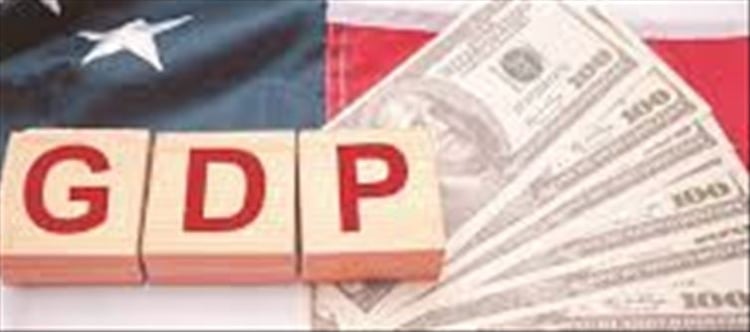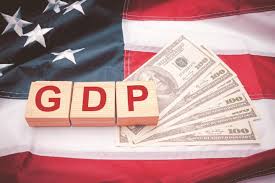

America is coming in front of the increasing pace of GDP!
Donald Trump's tariff policies are now becoming a threat to the indian economy. According to a recent report by Goldman Sachs, the increase in tariff proposed by the US can affect India's GDP growth by 0.1 to 0.6 percent.
What is in the report?
According to the news published in the Times of india, the report states that the exposure of India's domestic activity to US final demand will be almost double (4.0 percent of GDP), as India's exports reach the US through other countries. This can affect domestic GDP growth by 0.1 to 0.6 percent. Apart from this, if the US administration decides to increase tariffs on all imports, then the US tariff rate on indian imports can increase by 6.5 percent.
Trump's 'Fair and Reciprocal Plan'
On february 13, US President donald trump directed his team to prepare a "Fair and Reciprocal Plan". Under this plan, the US is formulating a strategy to bring tariffs, taxes and non-tariff barriers of other countries to the same level. trump specifically mentioned india, the european union and China, saying that india imposes the highest tariffs in the world.
India-US trade relations
Trade relations between india and the US have grown rapidly over the past decade. India's trade surplus with the US in 2014 was $17 billion (0.9 per cent of India's GDP), which increased to $35 billion (1.0 per cent of India's GDP) in 2024. The main reason for this is the growing trade surplus in electronic products under the PLI scheme launched in 2020. However, India's tariff rates are higher than the US, especially in agriculture, textiles and pharma products.
How can America increase tariffs?
Country-level reciprocity, under this, America can increase tariffs on all imports. This will increase the US tariff rate on indian imports by 6.5 percent. Product-level reciprocity, under this, America will equalize tariff rates on some selected products. This can increase the tariff rate on indian imports by 11.5 percent. Apart from this, Reciprocity Including Non-Tariff Barriers. This will include aspects like administrative barriers, import licensing and export subsidies. This will be the most difficult to implement, so it has not been included in the report at present.




 click and follow Indiaherald WhatsApp channel
click and follow Indiaherald WhatsApp channel